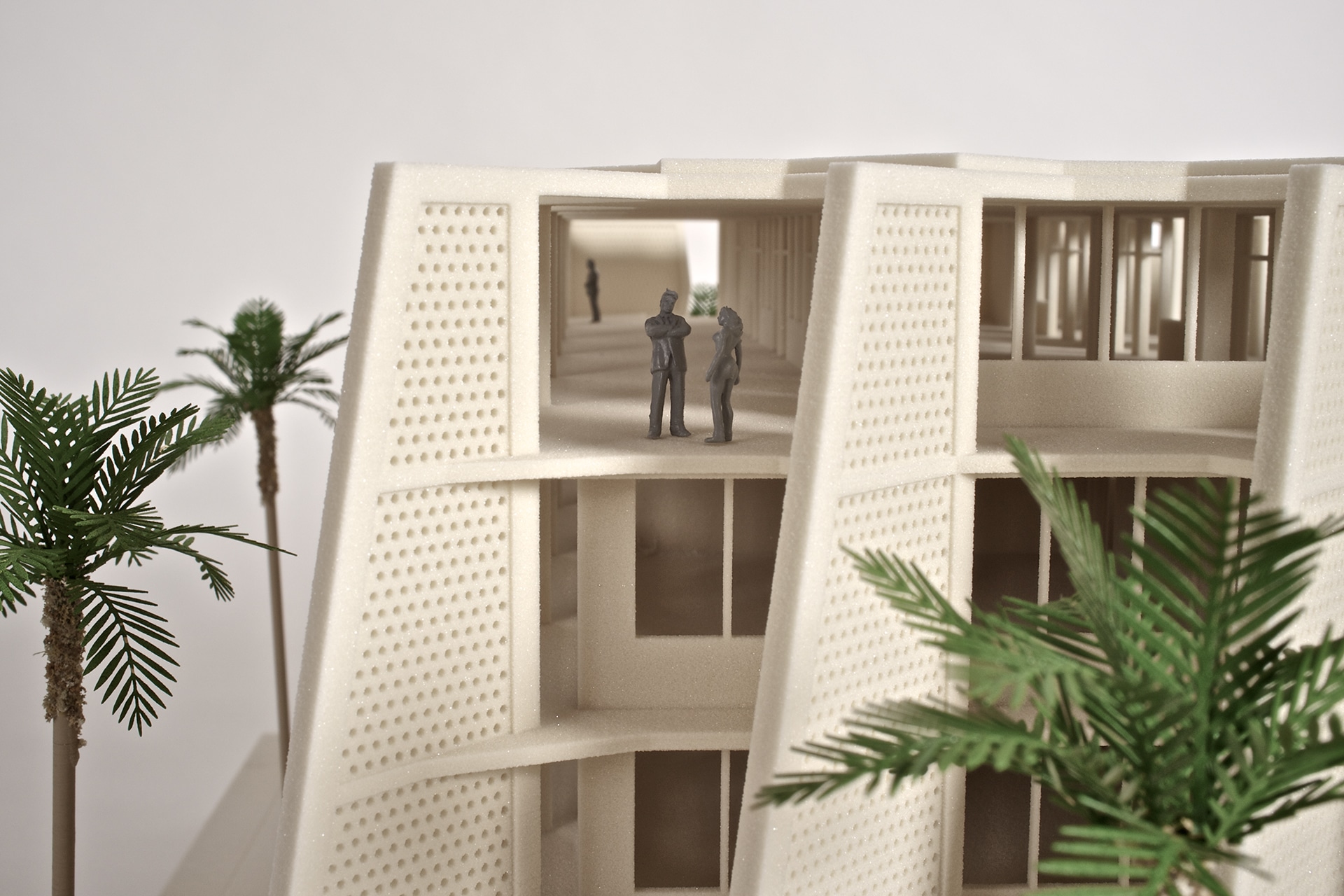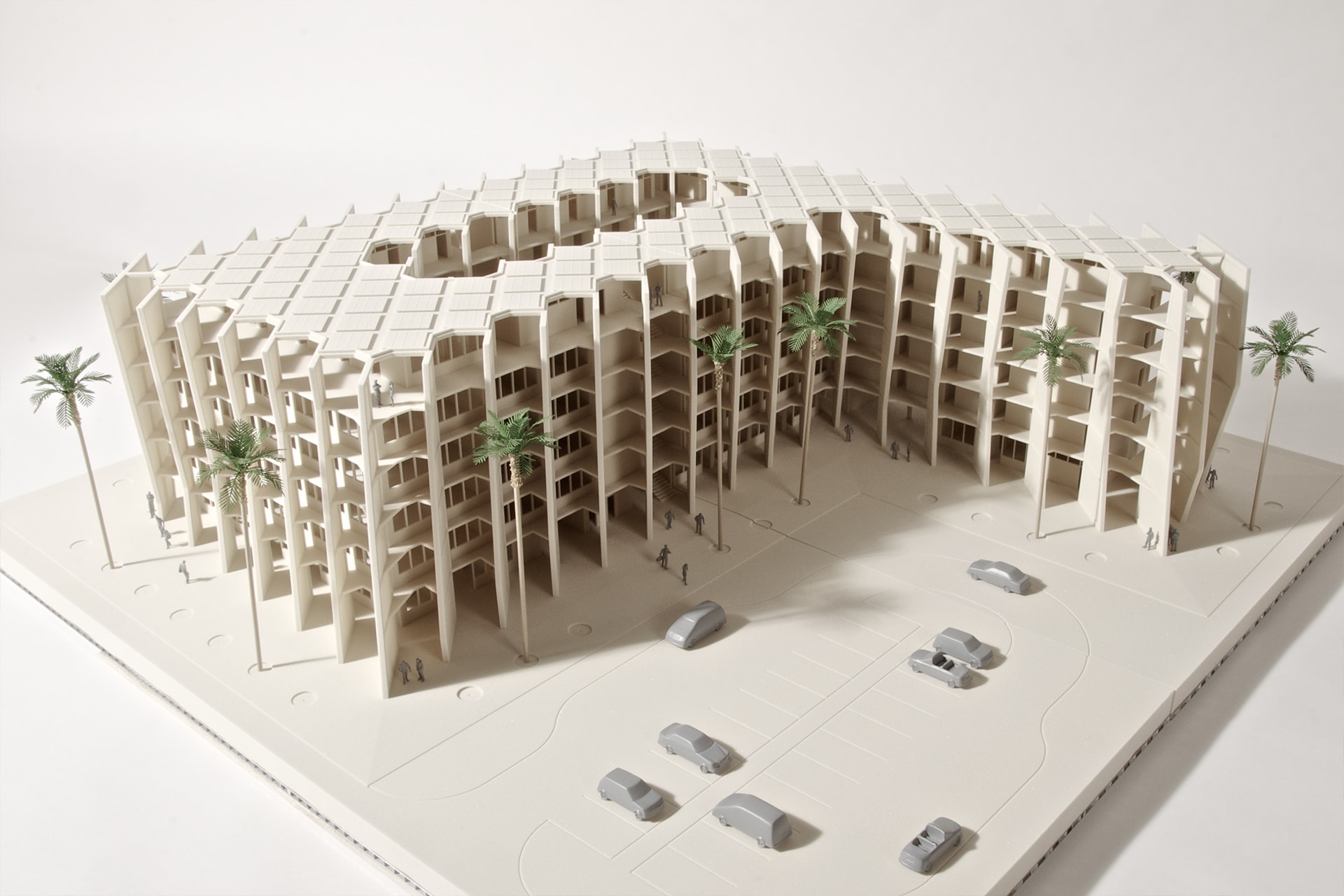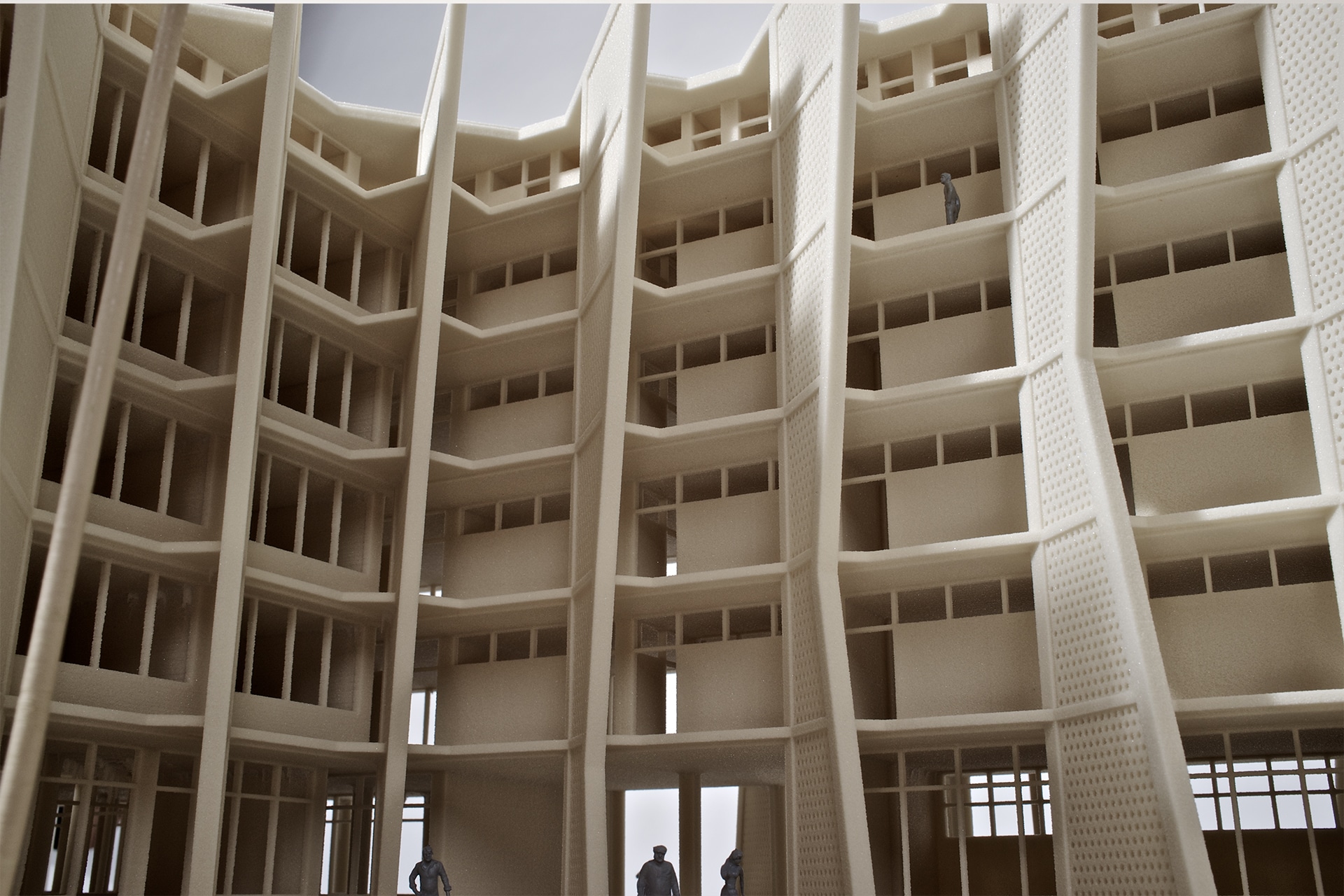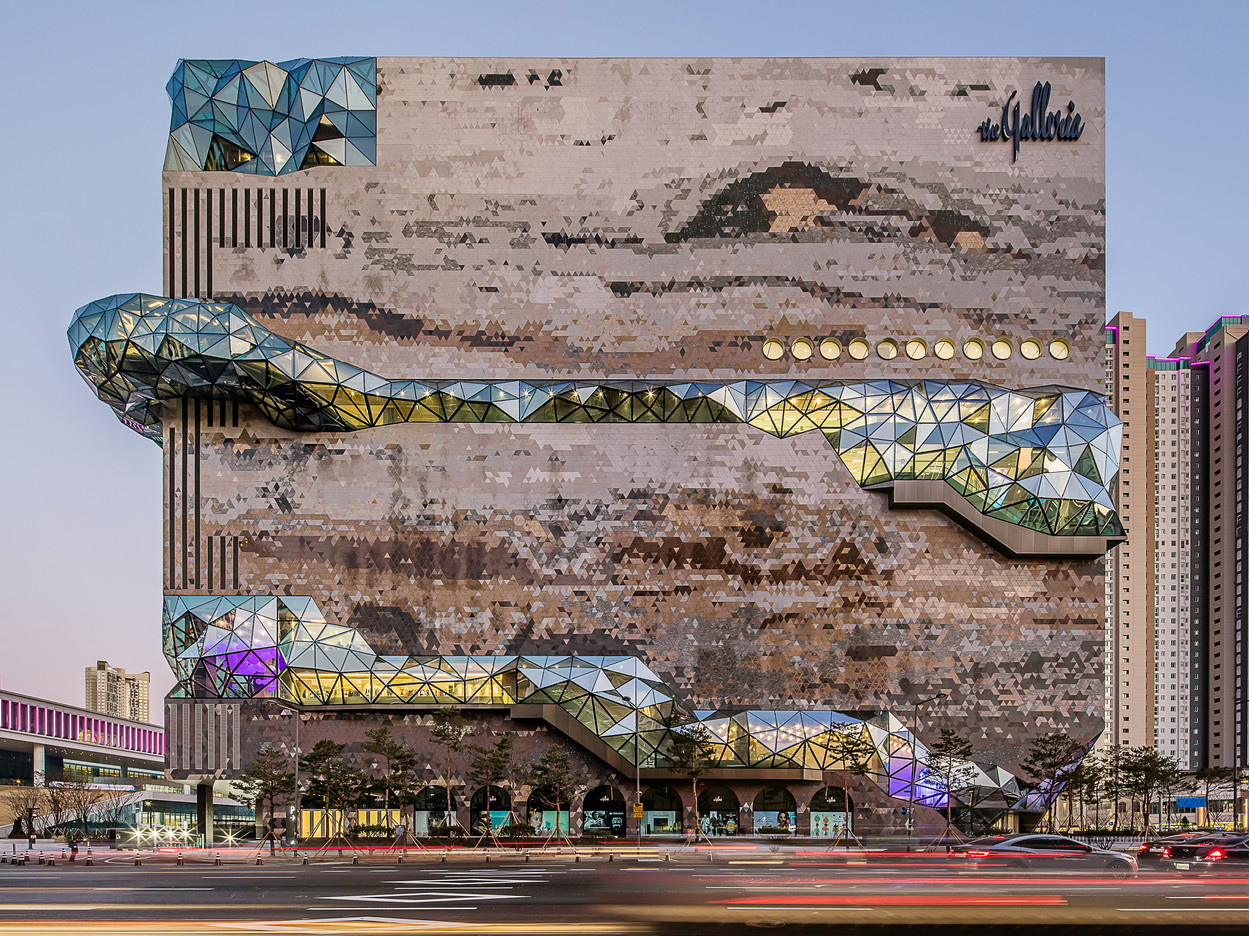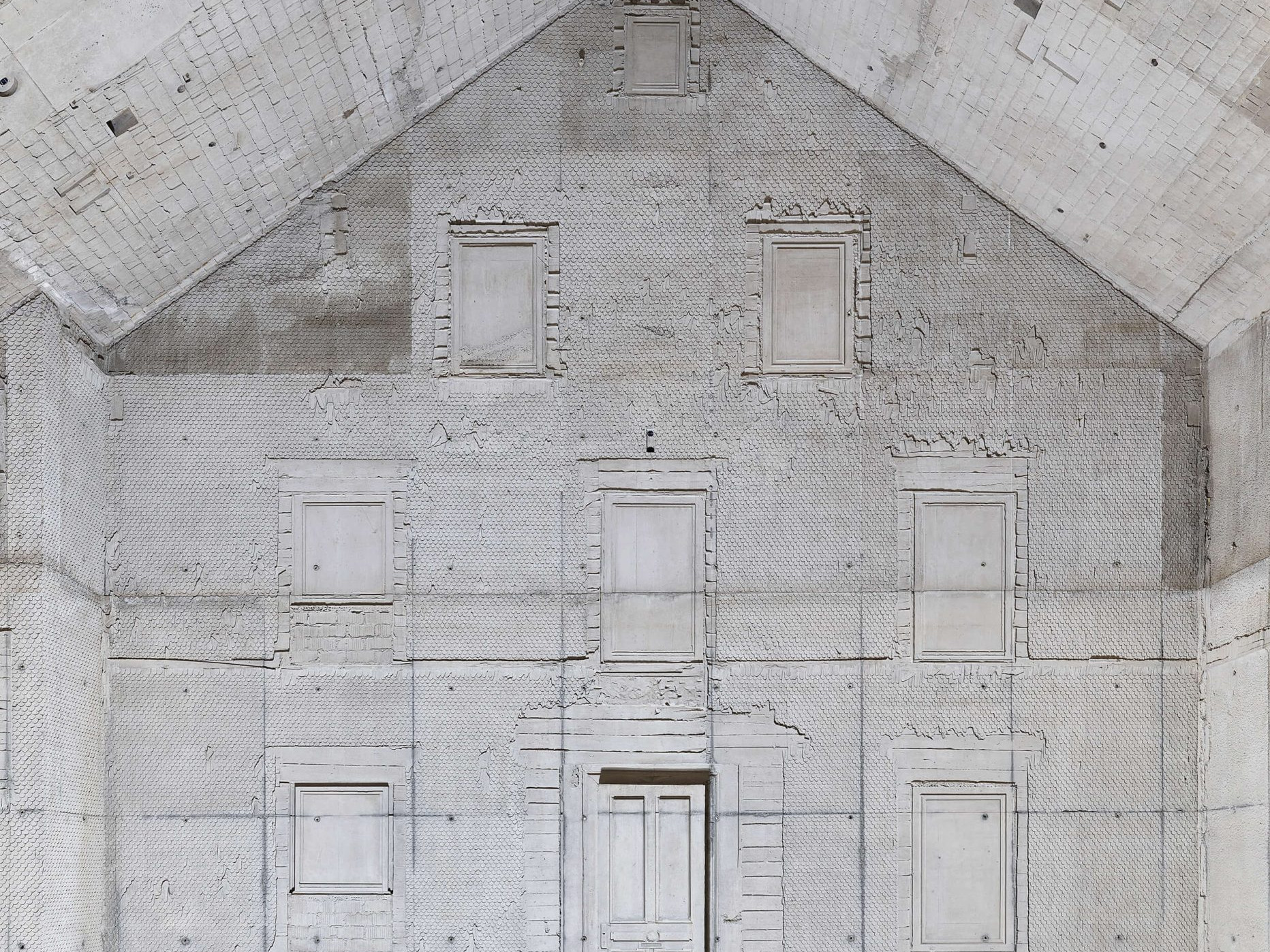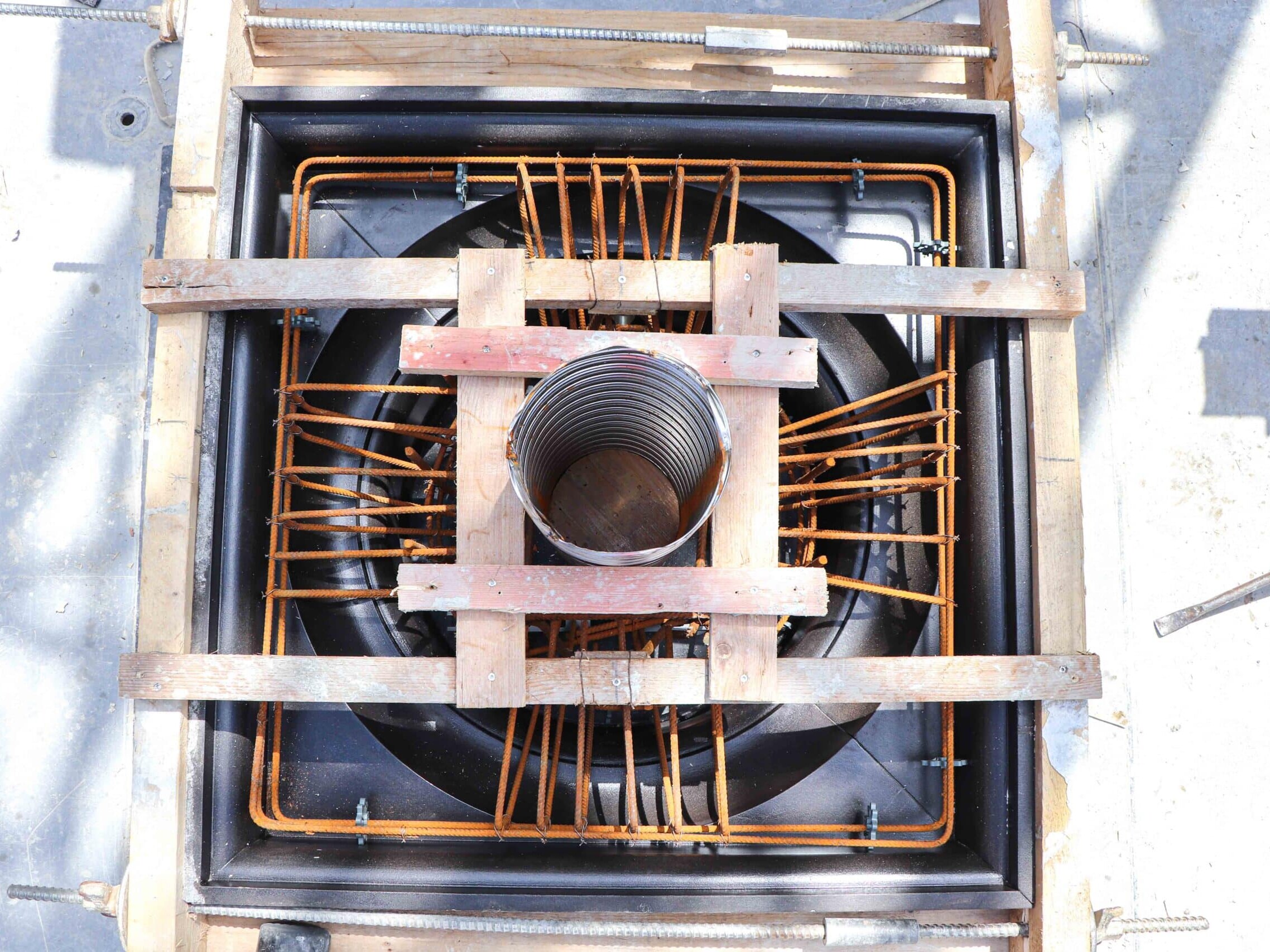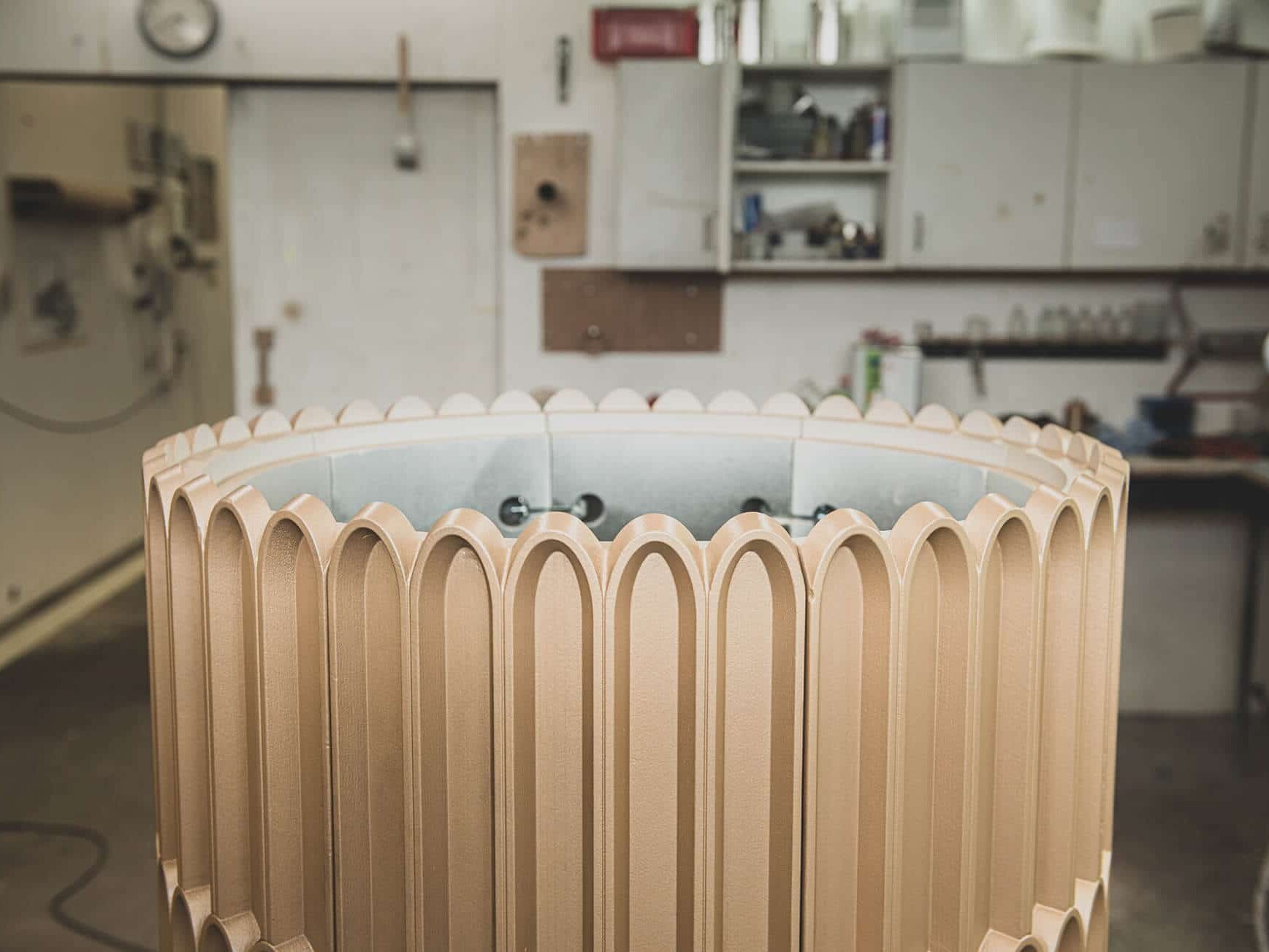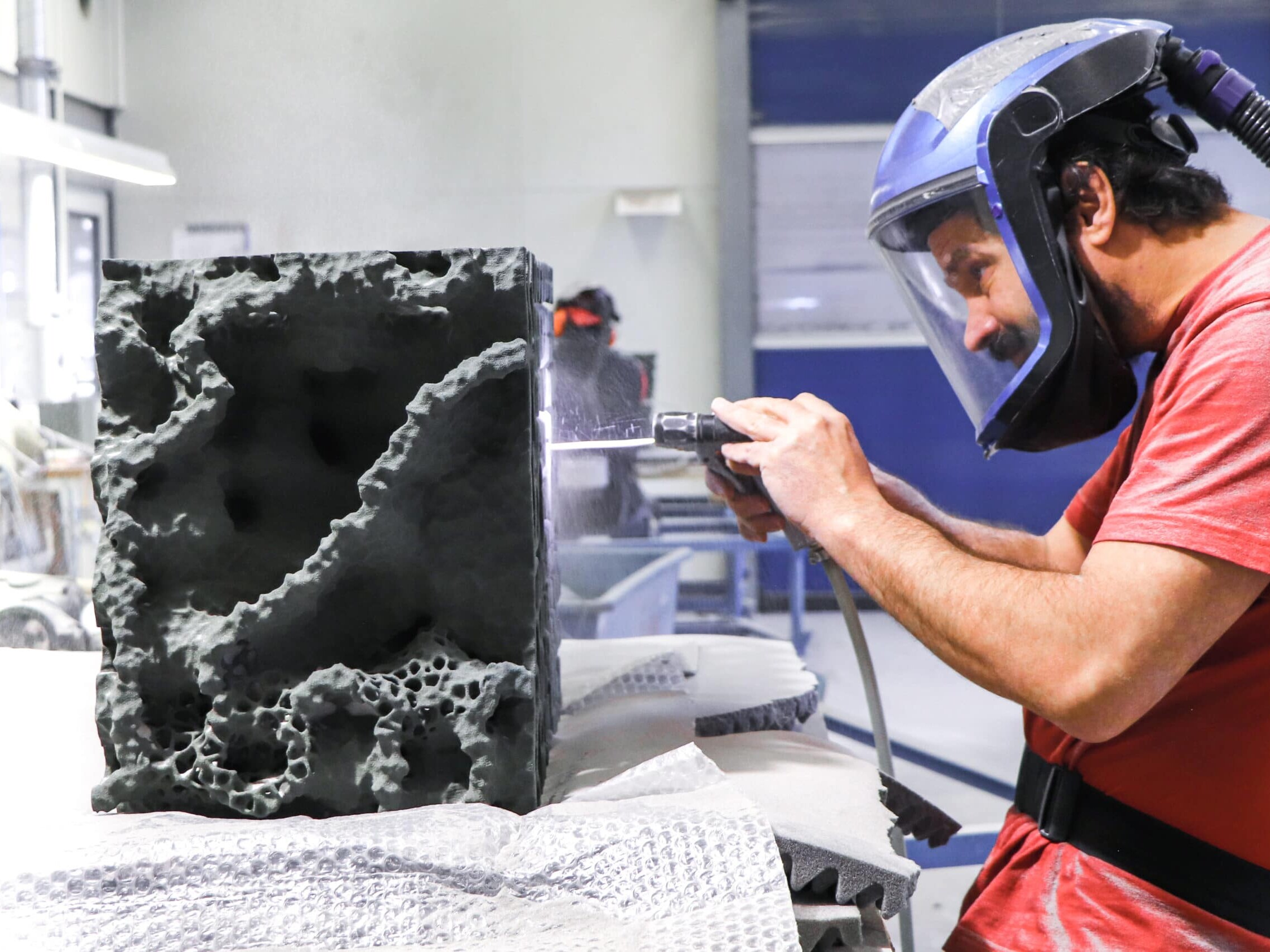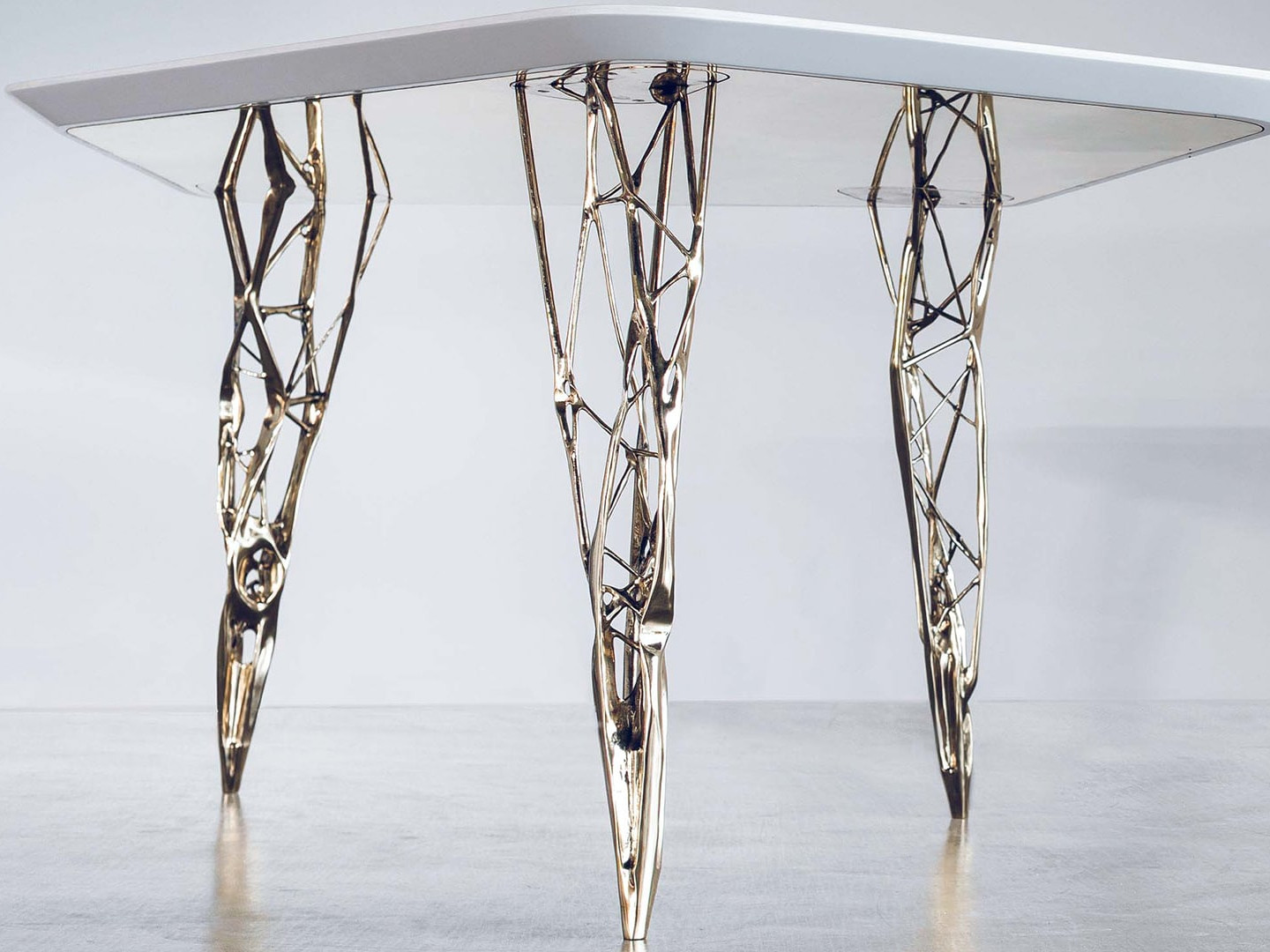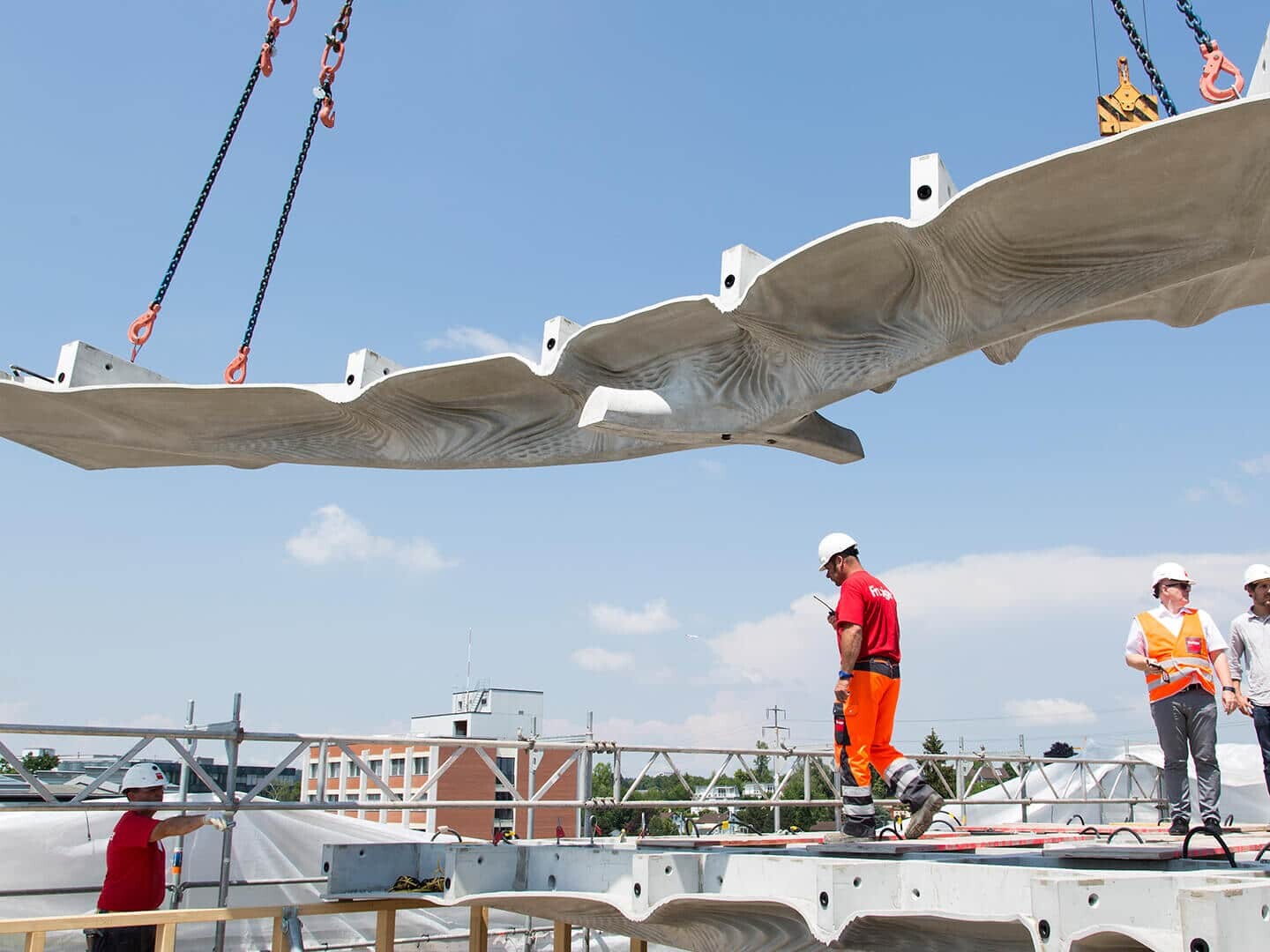- Home
- Case Studies
- Architecture
- 3D Printing for Architectural Models
3D printed models for architecture and construction planning
In order to get the most realistic picture possible for a planned building project, model making has become an indispensable tool for architects. Architectural models not only translate a digital design into a tangible object for presentation purposes, but also serve architects for the further development and planning of projects.
The following applies: the more realistic a model, the better. Thanks to additive manufacturing, it is now possible to produce such models, regardless of their complexity, with the highest level of detail and in the shortest possible time.
Plastic architectural models from the 3D printer
An example in which a 3D model was used for an architectural presentation was an aid project from Agbenoxoe in Ghana, in which the Munich architect Wieland Schmidt was involved, among others. In 2015 the community center of the village with around 2000 inhabitants was destroyed in a tropical storm. Shortly afterwards, the Stuttgart University of Technology started an aid project to build a new social center for the residents.
During the planning phase, the architect Wieland Schmidt kept talking to the residents in order to define a final draft for the project. To present the design, voxeljet printed a pure white model made of PMMA plastic on a VX1000. On the basis of the computer-generated CAD model, voxeljet printed an 840 x 840 x 225 mm model. This was used not only to give the residents of Agbenoxoe a picture of the new building as detailed as possible, but also to collect funds for the donation-supported aid project.
The voxeljet 3D printing systems work according to the binder jetting process, in which micrometer thin layers of powder material (in this case the plastic PMMA) are selectively glued to a print head. This manufacturing technology is characterized in particular by the high speed of the printing process. The PMMA plastic ensures both a high resolution and a wealth of details, regardless of how complex the design may be. These factors make 3D printing extremely attractive for architects and design studios.
The architectural model of the social centre was printed with a richness of detail and precision that is the hallmark of voxeljet quality. Also, the excellent mechanical stability of the 3D prints ensured that the model withstood the long journey from Augsburg to Ghana without any damages.
Wieland Schmidt, Architect
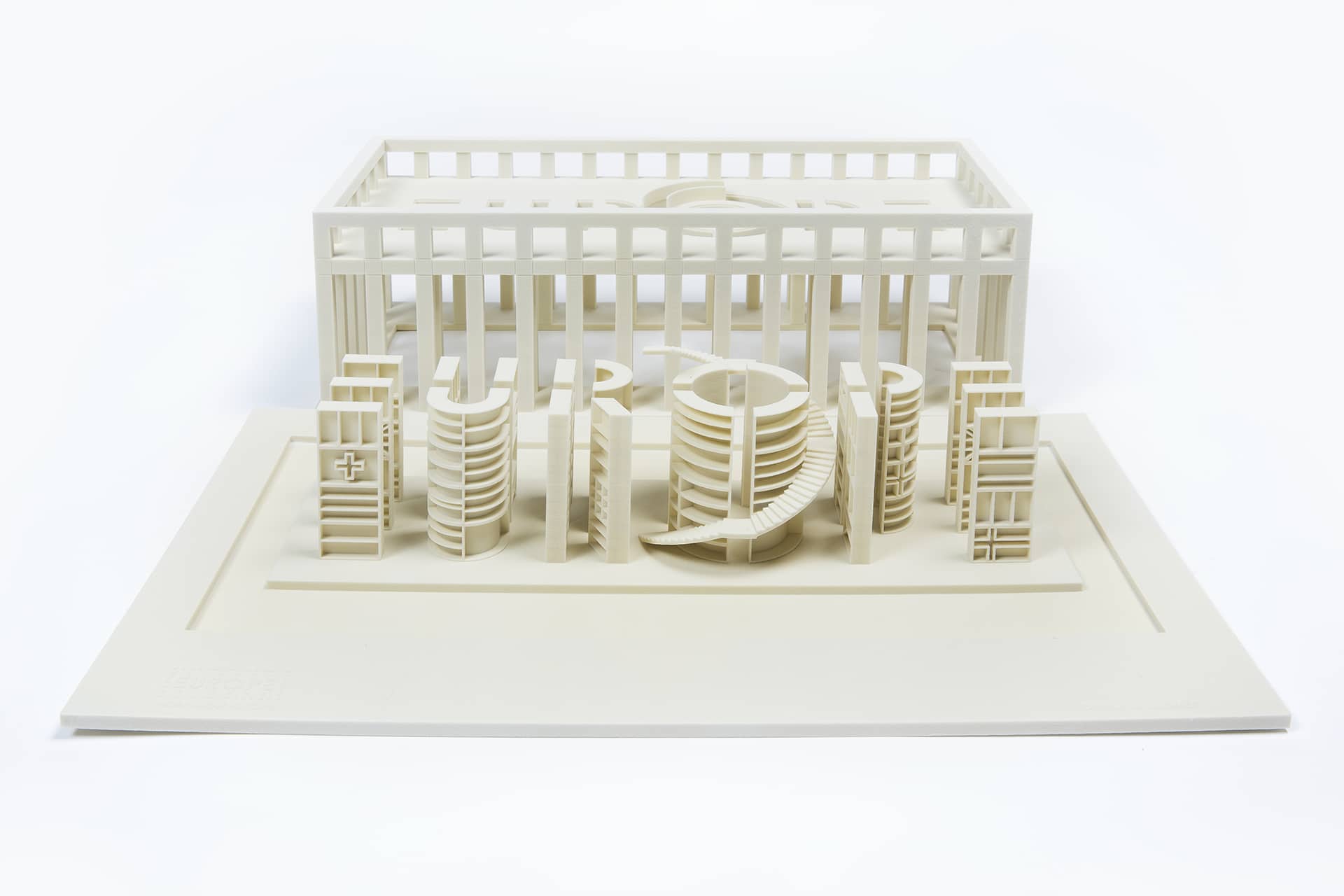
3D printed European Parliament
The Polish academic and artist Dr. Tomasz Matusewicz, used 3D printing to visualize one of his works. With his EUROPE project, the artist takes up the recurring theme of identity in his work. With this art object, a symbolic place is to be created virtually on the Internet that unites Europeans regardless of their multinationality.
Thanks to the possibilities of 3D printing, the project was able to take shape, at least on a model scale. The plastic model generated by an industrial 3D printer VX1000 shows EUROPE exactly as the artist created it. The model comes up with a wealth of detail and high precision. Using Binder Jetting 3D printing, Dr. Matusewicz convinced of the spatial representation and the successful proportions of his work. In addition, the plastic model is ideal for presentation purposes.
The technology of three-dimensional printing allows certain projects to become reality that were previously very difficult or even impossible to complete. It brings new freedoms to architects and artists, but also to many students at colleges and universities.
Dr. Tomasz Matusewicz, Artist
Whether plastic or bronze - 3D printing offers the right material for architectural models
But it doesn’t always have to be a single construction project. 3D printing also offers a suitable solution for landscape or city models. The model for the city of Aichach is an example of this application. As part of the Bavarian State Exhibition 2020, the city of Aichach and Friedberg dealt with the topic of “city liberated”. The core of the exhibition was the historical representation of the development of the Wittelsbach founding cities.
Part of the exhibition is a bronze city model of the city of Aichach in 1914. The basis for the cast city relief is a 3D-printed plastic model, which was then converted into a bronze model using traditional investment casting.
The model maker Michael Leibl from Berg in Bavaria was responsible for creating the 3D model. In this case, the basis of the model was provided by digital documents from the Bavarian Office for Surveying and Digitization, which provided information about the topology and the building volume of the city of Aichach around 1914. This data also had to be translated into a detailed 3D model with the help of various historical documents, city maps and photos.
A great challenge for the model maker Michael Leibl was walking the tightrope between history and innovation. On the one hand, the 1: 600 scale model had to meet the requirements for 3D printing and bronze casting, such as minimum wall thicknesses, and on the other hand, the large number Make details easily recognizable and legible for the viewer. After the successful creation of the data, the model was printed in several individual parts at voxeljet AG in Friedberg and then cast by the GUGG art foundry in Straubing, Bavaria.
Further Case Studies
3D printing for structural elements in architecture
For the unique facade of the Galleria Gwanggyo in South Korea, 3D printing and investment casting was employed to create hundreds of individual joint knots for the glass walk.
3D printing and formwork construction in perfection. For a museum in the Black Forest, voxeljet sets new standards for additive manufacturing in architecture.
For an office building near Munich, Deutsche Doka once again used 3D printed formwork elements from voxeljet for concrete casting.
SL Rasch GmbH counts on 3D printing for the visualization of architectural projects.
Functional Architecture with 3D Printing
The Mersitem Wall is a best practice example of how functional and sustainable architecture can be created with 3D printing.
3D printing for sustainable architecture
Singapore's AIRLAB uses these table legs to show how architecture can be made more sustainable and functional at the same time.
Intelligent 3D printed concrete formwork
voxeljet AG prints complex molds for "intelligent" concrete ceiling at DFAB (NEST)
3D Printing Solutions
Want to learn more about us and 3D printing? Click here for the entire voxeljet solution portfolio.



















